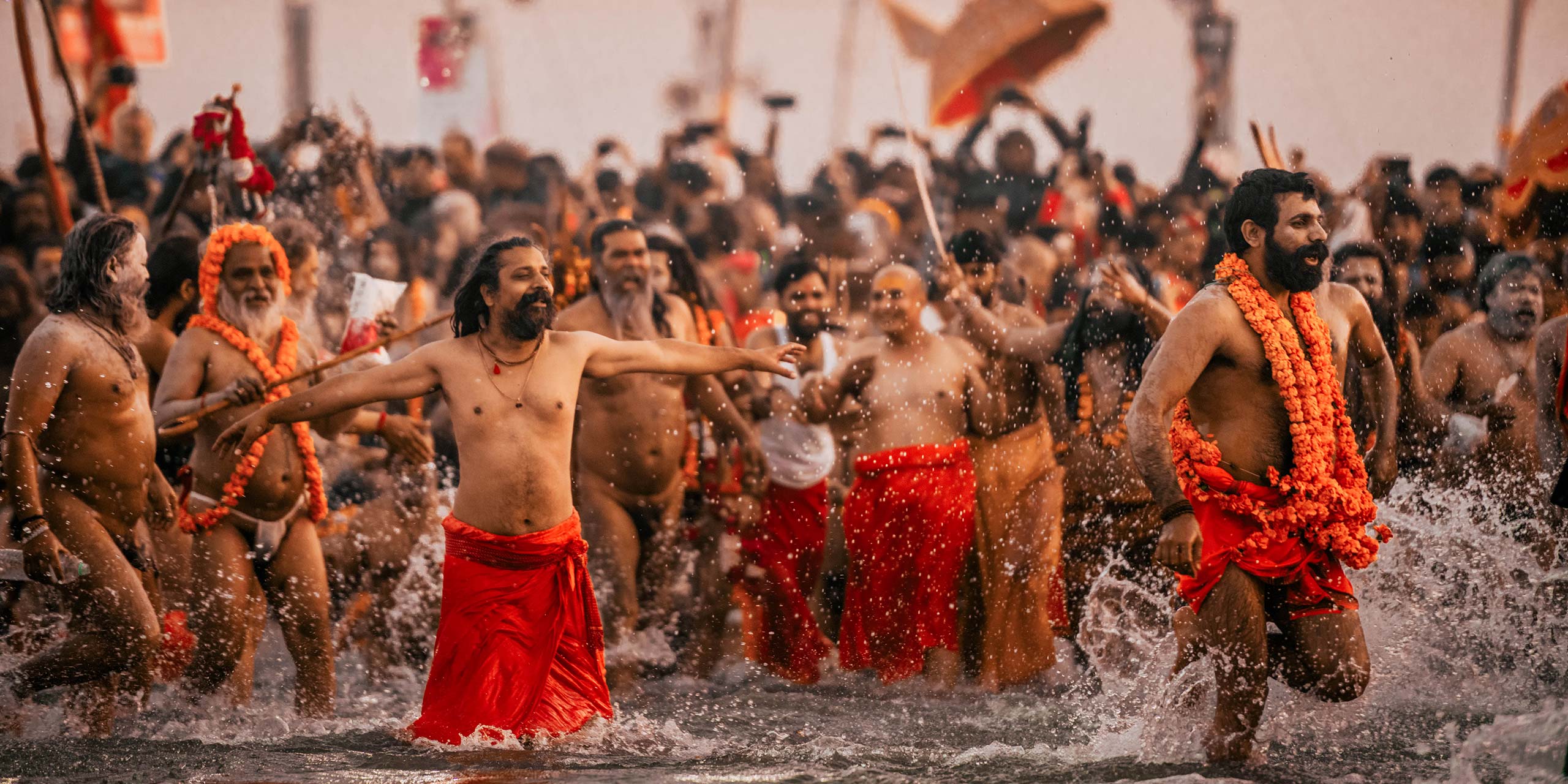
The Kumbh Mela is one of the largest and most sacred religious gatherings in the world, attracting millions of pilgrims to its spiritually charged events. Here are five key things you should know about this awe-inspiring festival, the full version of which — the Maha Kumbh Mela — takes place in 2025 at Prayagraj in Uttar Pradesh.
Note: You can experience Maha Kumbh Mela 2025 on this itinerary: Extraordinary Maldives & India By Private Jet.
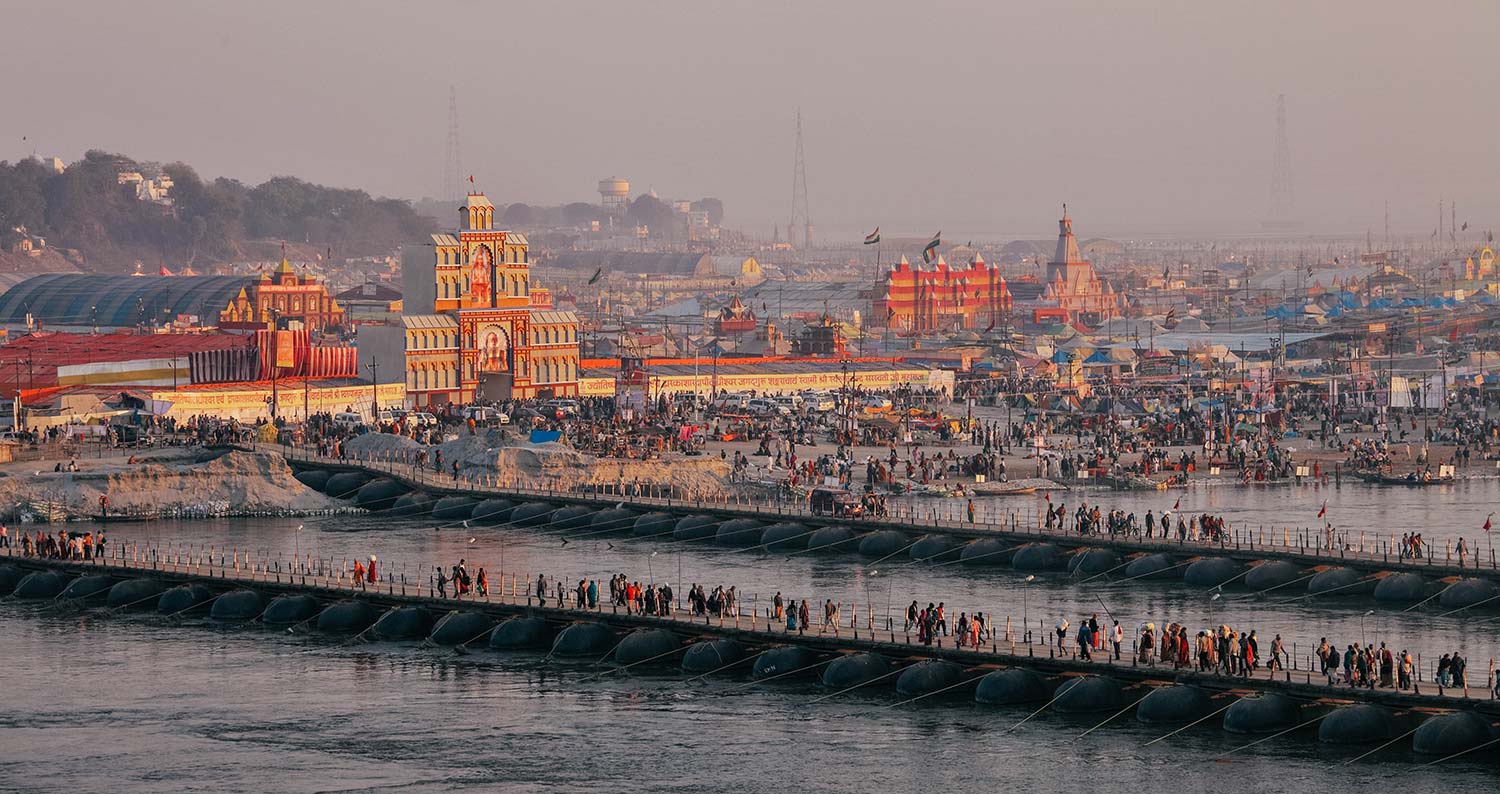
Cycle and Locations
The Kumbh Mela is held in 12-year cycles at four different locations in India: Prayagraj, Haridwar, Nashik, and Ujjain. Each of these sites hosts the full Kumbh Mela once every 12 years, with three additional festivals taking place in between. This cyclic nature ensures a continuous flow of spiritual energy and devotion. The 2025 Kumbh at Prayagraj is set to be a monumental event, attracting millions of devotees seeking spiritual enlightenment. The festival is not just a local event but a global phenomenon, drawing visitors keen to experience its unique cultural and religious significance.
Its Mythological Origins
The name “Kumbh Mela” is derived from Sanskrit, where “kumbh” means pot or pitcher, and “mela” means festival or fair. According to ancient Hindu mythology, Lord Vishnu released drops of immortality nectar from a kumbh (pitcher) in the four places where the festival is now celebrated. This mythological background adds a rich historical and spiritual context to the festival. The legend of the nectar of immortality, or amrita, is deeply intertwined with the essence of the Kumbh Mela, symbolizing the eternal quest for divine blessings and liberation from the mortal world.
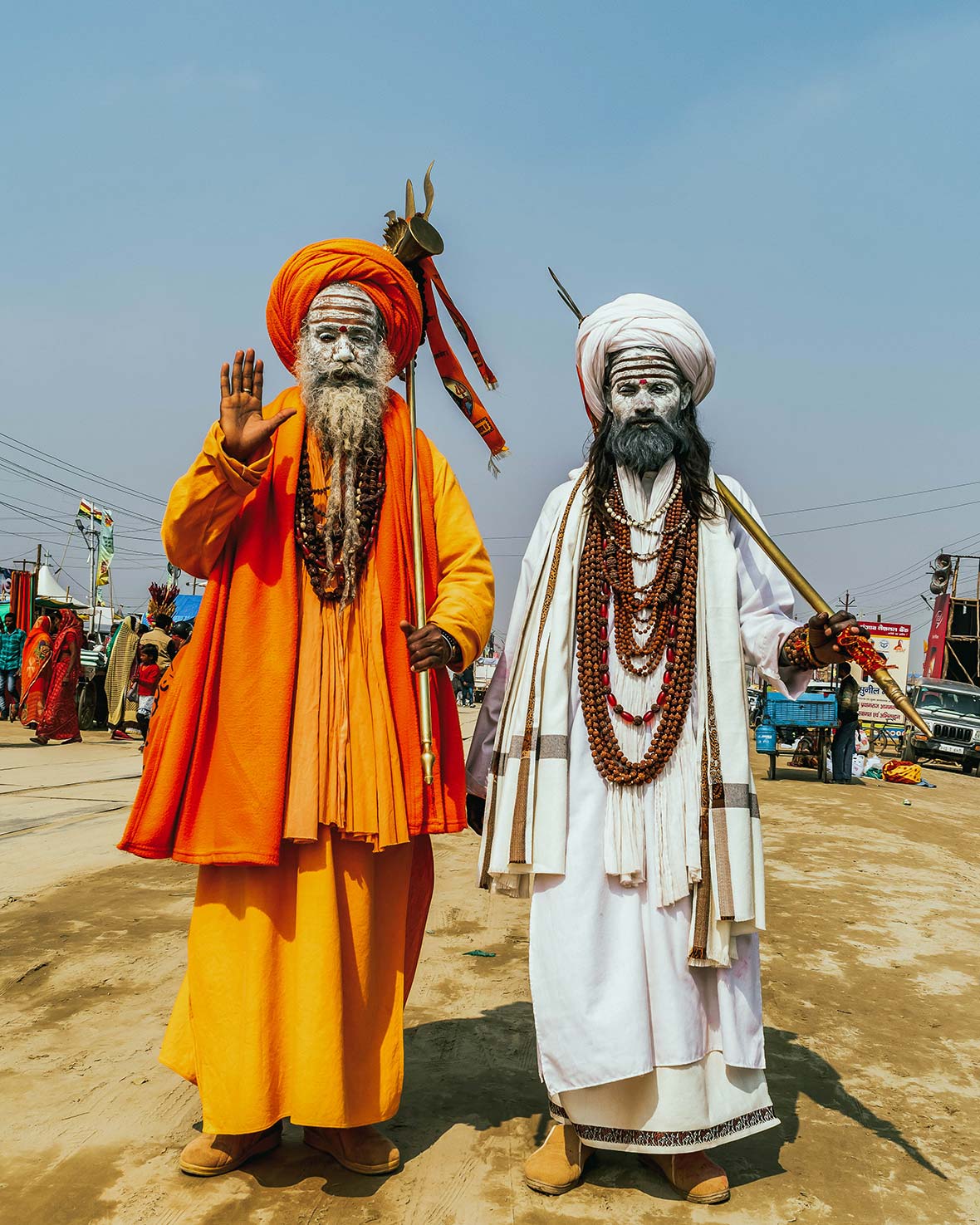
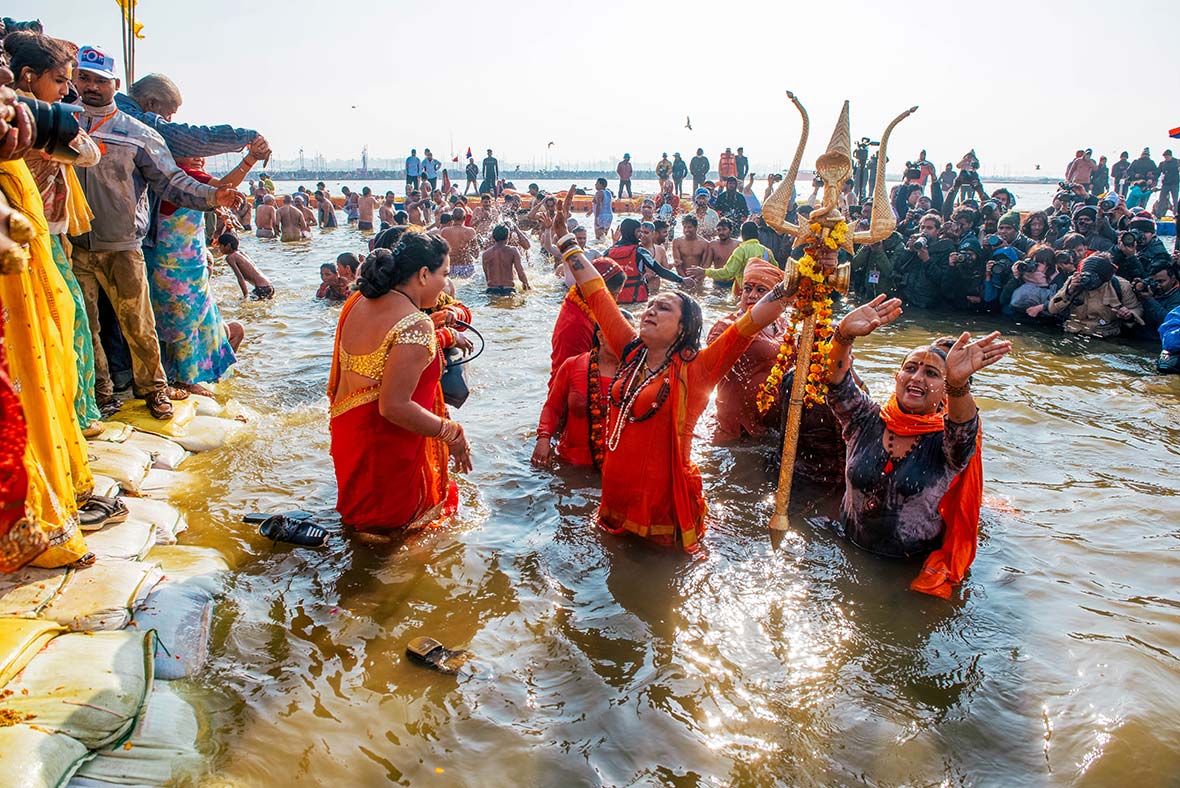
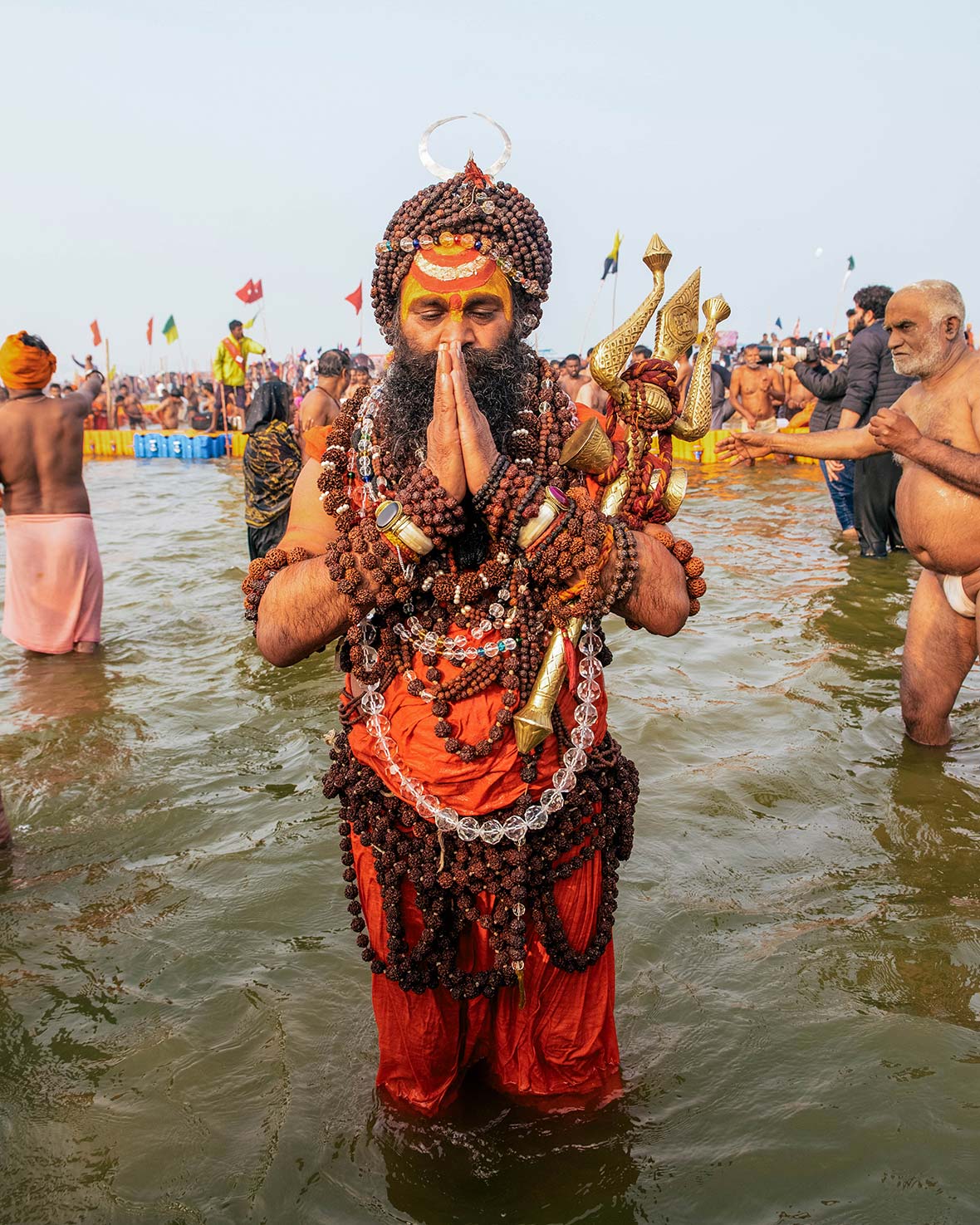
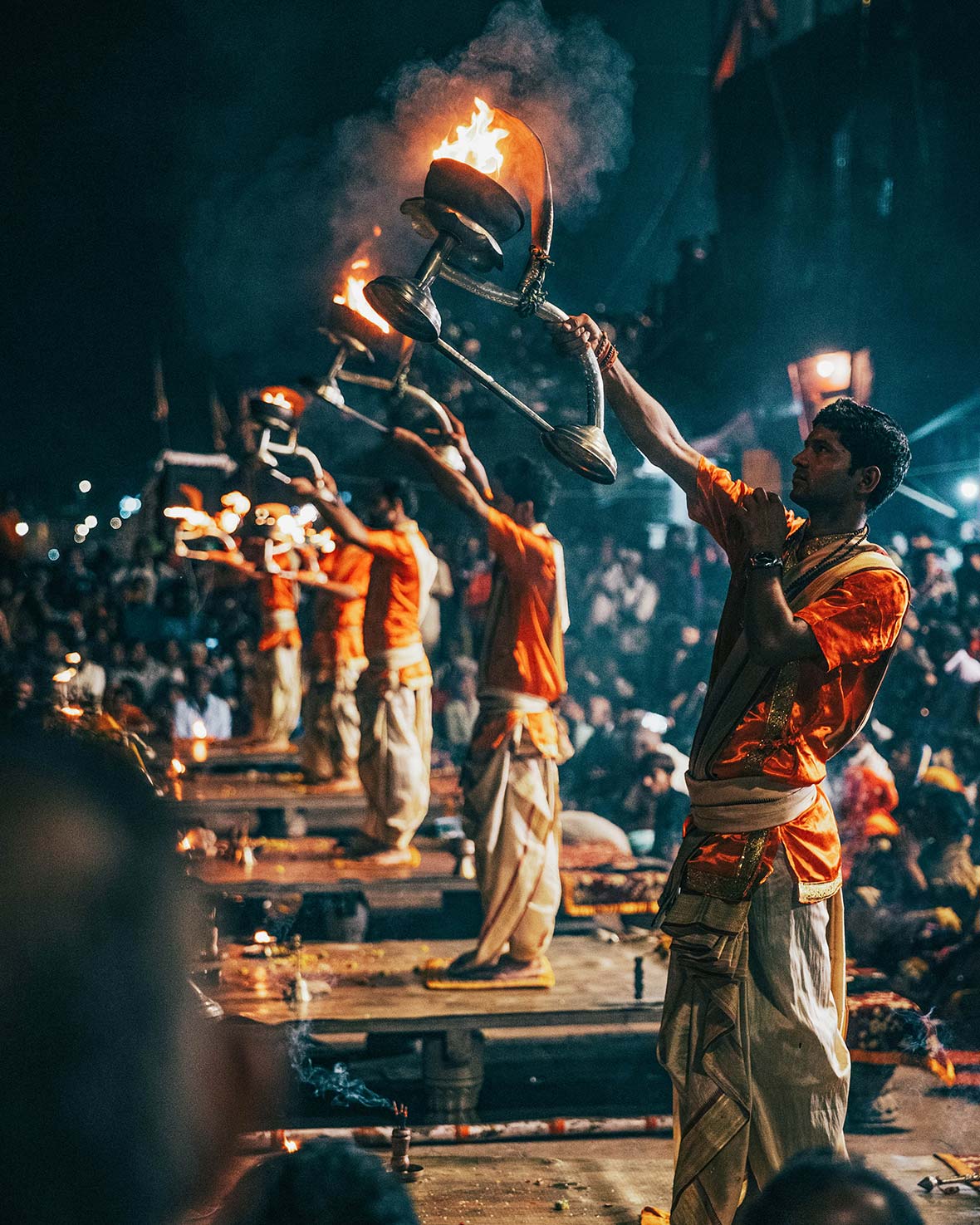
Ritual Bathing and Moksha
A central ritual of the Kumbh Mela is the ceremonial bathing in sacred rivers. Hindus believe bathing in the holy waters, saturated with flower, incense, and fragrance, can purify sins and aid in achieving moksha – liberation from the cycle of life, birth, and rebirth. This ritual is often accompanied by the enchantment of Vedas, hymns, and mantras, enhancing the spiritual experience. The act of bathing in these sacred waters is considered a potent act of devotion and surrender, believed to wash away not just physical impurities but also spiritual burdens, offering a path to ultimate freedom and peace.
A Spectacle of Devotion
The Kumbh Mela is characterized by vibrant processions, religious ceremonies, and the presence of revered saints and sadhus (holy men). Millions of pilgrims and seekers from around the globe converge on the festival’s locations to seek spiritual purification and enlightenment, creating a dynamic and colorful atmosphere that underscores India’s rich cultural and religious heritage. The festival is a testament to the power of faith and community, as people from diverse backgrounds come together in a shared journey of devotion, witnessing the timeless traditions and rituals that have been preserved for centuries.
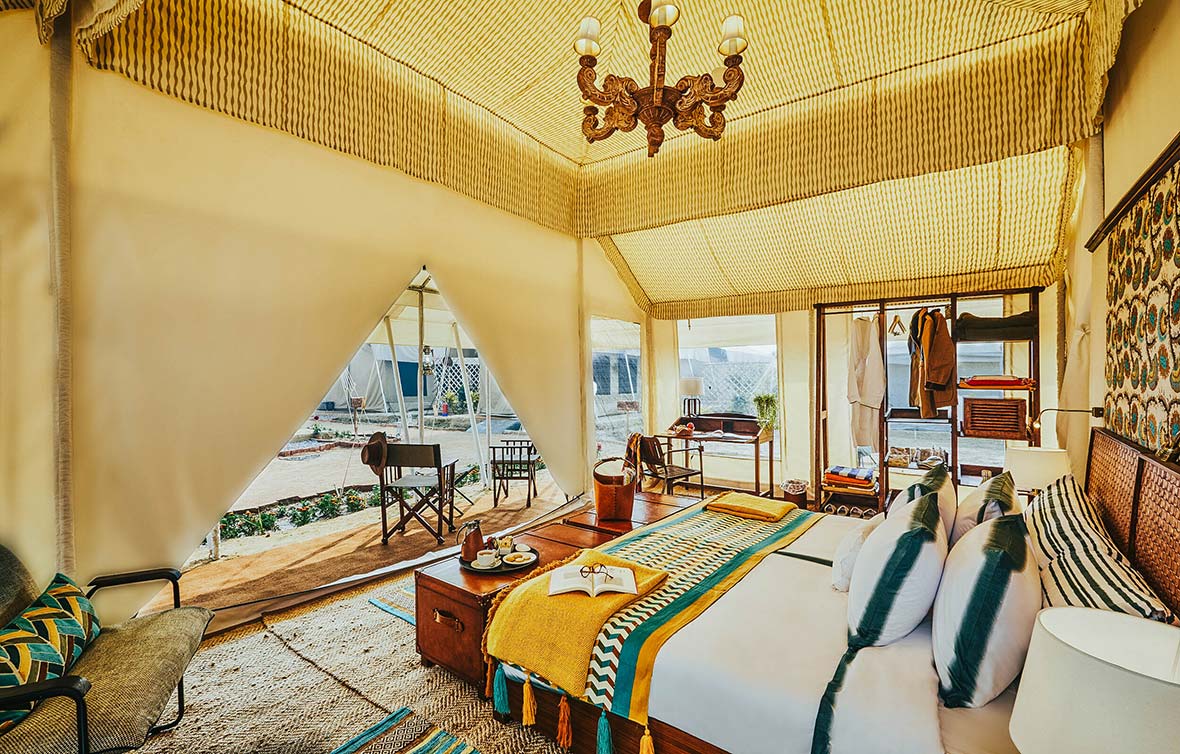
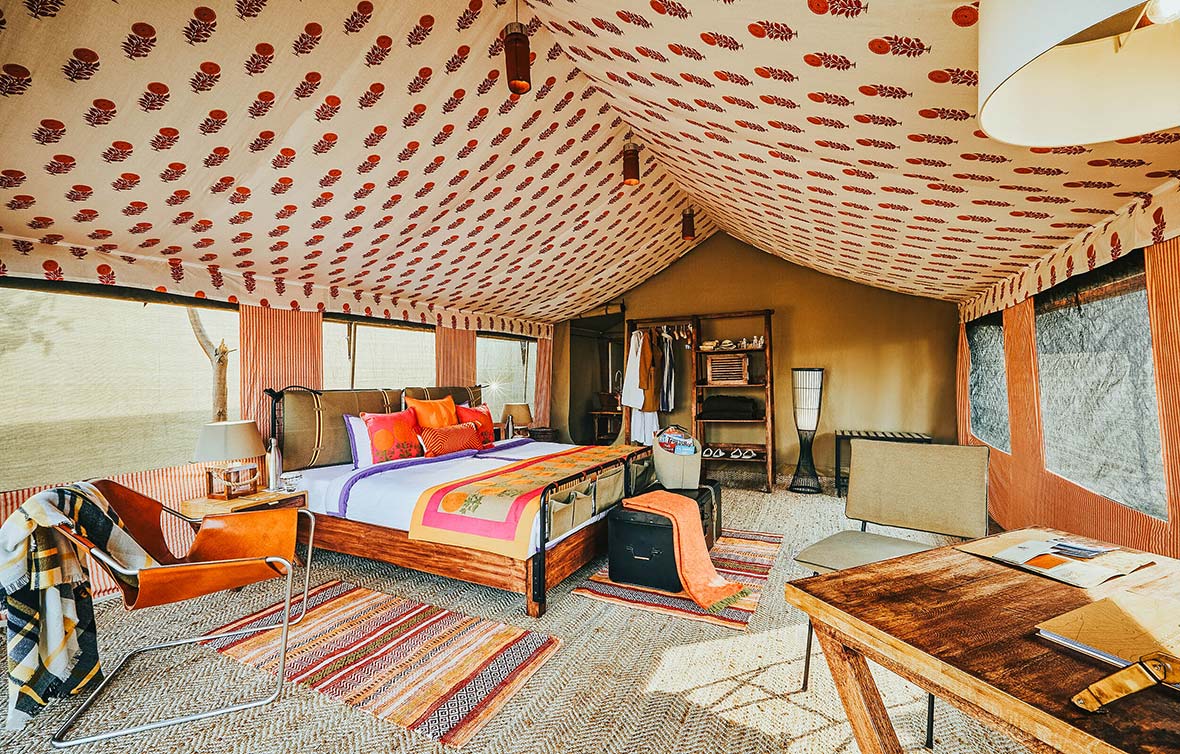
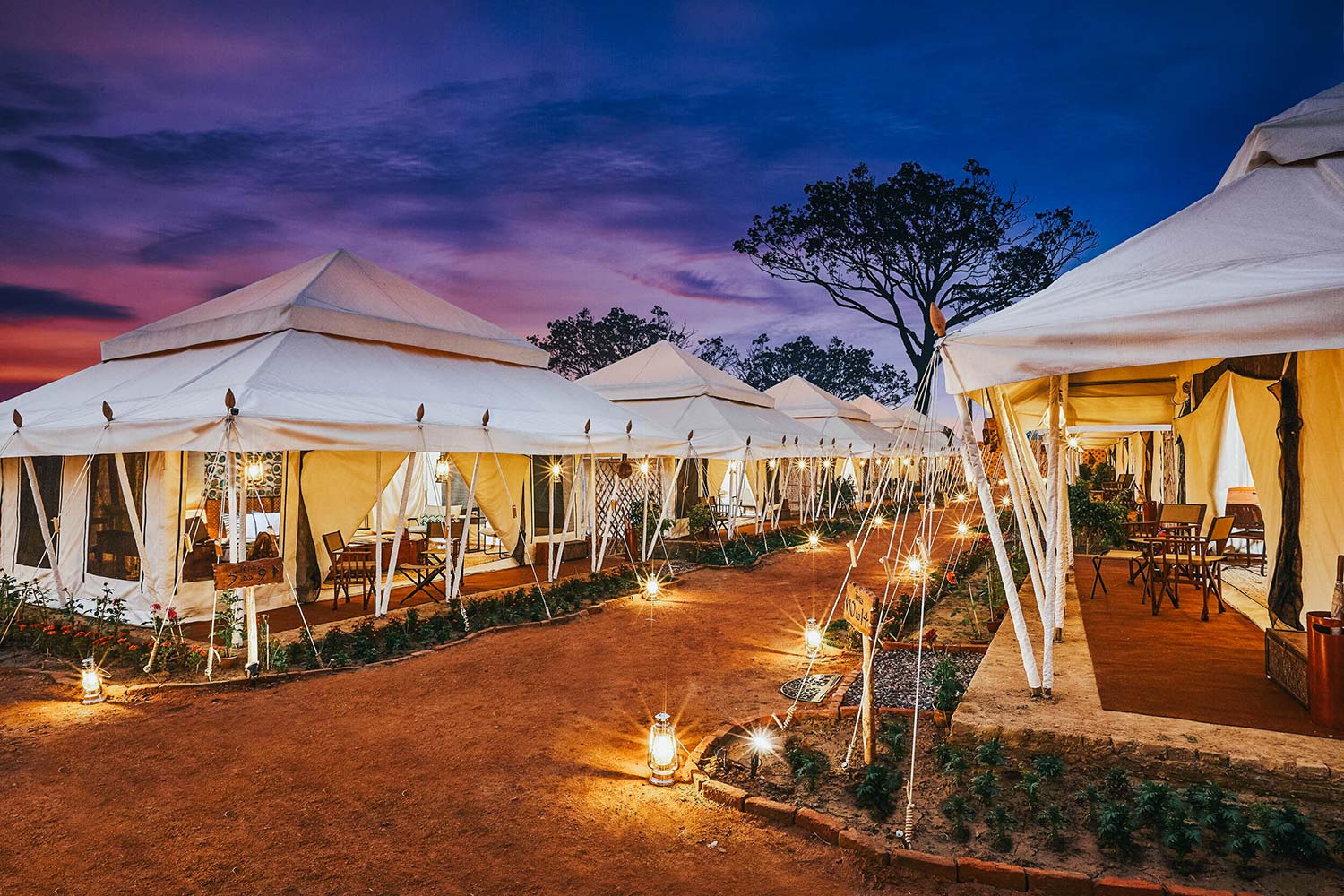
Accommodation and Surroundings
Due to the vast number of attendees, finding accommodation can be challenging, making early booking essential. One notable option is the TUTC Camp Sangam Nivas, positioned at the highest point of the Kumbh Mela in Prayagraj, offering a perfect vantage point for guests. This camp provides a unique blend of comfort and proximity to the main bathing area, enhancing the overall experience of the festival. The camp is designed to cater to the needs of modern pilgrims, providing amenities and services that ensure a comfortable stay while allowing guests to immerse themselves in the spiritual and cultural ambience of the Kumbh Mela.
